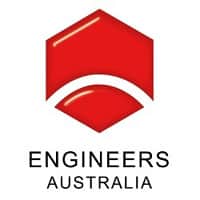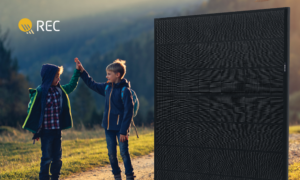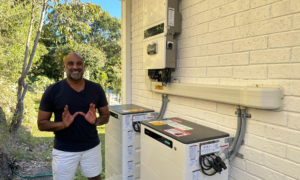Engineering new solar technology will be crucial for Australia’s transition to renewable energy sources.
That’s the warning from Engineers Australia in its submission to the National Energy Guarantee (NEG) consultation.
The stakeholder consultation, which closed March 8, was conducted by the Energy Security Board (ESB). The board was established by the Federal Government last year to design a new energy policy for Australia.
In its submission, Engineers Australia said that to successfully implement many of the new policy strategies “engineering expertise and experience will be vital”.
How the National Energy Guarantee (NEG) might work
Under a draft NEM framework floated by the ESB, the Australian Energy Market Commission would set the National Electricity Market (NEM) reliability standard.

The Australian Energy Market Operator would then determine how much dispatchable power was available in each NEM region. (Dispatchable power is power from generators or batteries that can be fed into the grid at short notice.)
Electricity retailers would then enter into contracts with generators for a proportion of their capacity that was dispatchable.
However, Engineers Australia says the consultation paper does not define clearly what is considered an acceptable “dispatchable” resource.
“Engineers Australia believes the ESB needs to address this issue – who will define an acceptable dispatchable resource (and keep it up to date as new technologies emerge) and define parameters for these resources.”
Reliability crucial to electricity power supply
The Federal Government has indicated that reliability is crucial to its new energy policy. As more renewables come online each day, they need to be fed into the grid in a carefully controlled manner.
That’s because fossil-fuel power stations are not affected by weather patterns in the way wind and solar generators are. This is where the new solar technology would come into play.
However, the solution for the intermittent nature of renewable energy sources is simple. Batteries would store excess renewable energy and smart technology would direct its flow when and where it’s needed most. This technology would be similar to household solar inverters, which direct a home’s solar energy to the grid when it’s not being used at home.
The NEG must include new solar technology advances
Inter-connectivity and regulation of energy input from all generators and battery sources on the electricity grid is vital. This is especially true as renewables become part of the energy mix.
That’s because when renewable electricity generation is low, the wind or solar plant’s batteries are activated to feed consumer demand. This new emphasis on batteries means it’s anticipated more businesses and households will apply for solar quotes that include battery storage.
The Engineers Australia submission says the NEG must address technical issues of how to achieve a smooth transition from coal. This will require detailed engineering input into the policy’s design and operation.
“As the power system transitions, there is an expected increase in inverter-connected generation and load, while transmission is being augmented to facilitate an increase in the connection of large renewable sources,” it states.
It adds that new regulatory technology will be necessary to adapt intermittent, renewable generators into the grid.
“The major concern is system stability, and with new faster control for inverters, in theory, power systems may remain stable with low or even no inertia.”
















































